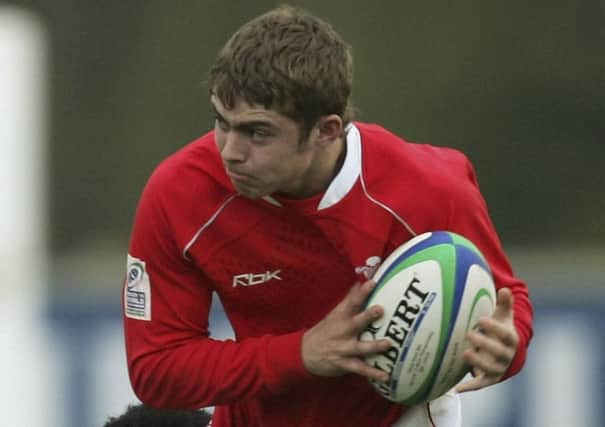Comment: Allan Massie laments lack of safe, low tackling


Which reflection sadly brings one back to today when scarcely a week passes without news of someone observing “return-to-play protocols” after concussion, or announcing retirement from rugby after too many concussions. What the documentary showed of the rugby is relevant to this issue too. The All Blacks and Springboks of 1981 were among the best and fittest players in the world; they represented the top two rugby nations. ( The previous year South Africa had beaten the Lions 3-1.) But they all looked like normal blokes. Some were big by the standards of the day, and doubtless they were all very fit. But if you compared them in your imagination to an international side today, they were in physique more like amateur club players. More to the immediate point perhaps, almost all the tackles were round the legs or hips.
Professional rugby is a much cleaner game than amateur international rugby was, but it is a more dangerous one. There is less sneaky skulduggery in the scrum, and punches are less often thrown, but high tackling and “big hits” are far more common, and these often result in a damaging clash of heads. Moreover – and this is a point too seldom made when we talk about concussion and consider how to reduce the number of head injuries – far more tackles are made, and have to be made, than was the case twenty or thirty years ago. We have repeated phases of pick-and-go, with the ball-carrier often charging head-down into a would-be tackler, and the introduction of the blanket defence means that there are huge shudder-inducing hits in midfield. Fly-halves kick far less often than they used to, and this also means that there are more tackles to be made. I would guess that more than twice as many tackles are made in an international today than in the 1980s, and the more tackles the greater likelihood of head injuries.
Advertisement
Hide AdAdvertisement
Hide AdSome of these injuries might be avoided if tackling technique was better. I am horrified by the number of times I see a tackler getting his head in front of the ball-carrier’s legs rather than behind them. Tackling like this is asking for a head injury. Leigh Halfpenny has been knocked out or left groggy several times because he has got his head in the wrong place.
The law-makers have to address the question of concussion. It’s not easy to do so because any change in any law is likely to have unforeseen consequences. But one kind of tackle, the so-called choke tackle, which often results in the clash of heads, might be eliminated quite easily.
The purpose of the choke tackle is not only to stop the ball-carrier but to prevent him from going to ground so that if the ball becomes unplayable, the put-in at the resulting scrum will go to the tackler’s side.
Now I’ve never understood the logic behind the law which decrees that if the tackled player grounds the ball, it’s a ruck, and his side gets the put-in, but if he is unable to do so it’s a maul and the put-in goes the other way. Change this and there’s less incentive to tackle high.
Fewer tackles might reduce the number of concussions. It’s hard to legislate for this, but this might be achieved if the repeated pick-and drive was made a less attractive option for the side in possession. This lets me get back on an old hobbyhorse. The worst of many law changes was one made a long time ago: to remove the requirement to play the ball with the foot after a tackle. Reverting to the old law would change the way the game is played – and change it for the better.
Though the IRB did, I understand, consider reverting to the old law a few years back, the idea was rejected. Given the present crisis – and crisis is not too strong a word – it is surely worth considering again.
Change in the tackle law will come. There’s little question about that. It’s a matter only of what change to make. Some call for a line on the short above which any tackle is illegal. This at least has the merit of simplicity. But change there must be. The frequency of concussive injuries, and our knowledge of the long-term danger of repeated concussions make revision of the laws imperative.
One need add only that they make referees’ enforcement of the law at ruck and maul equally imperative; and referees who fail to punish illegal entry to rucks and mauls are doing the game great harm.